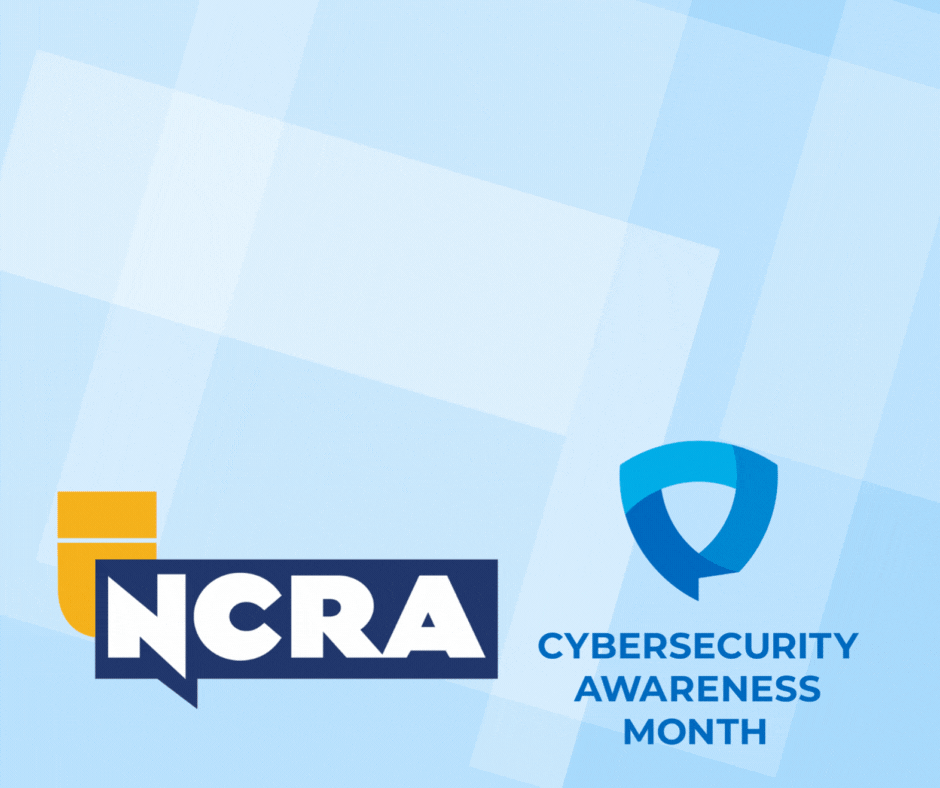As we close out our Cybersecurity Awareness Month series, we turn our focus to artificial intelligence, or AI. You’ve probably heard about the promise that AI holds, and you may have even used it yourself. The technology’s potential feels limitless, and we’re only beginning to scratch the surface of what it can do.
Some of the ways organizations and businesses are using AI include detecting cybersecurity threats more quickly, automating responses, and strengthening digital defenses. But while companies have been ramping up their AI capabilities, hackers and fraudsters have been doing the same, using AI to make their scams and phishing attacks more convincing than ever.
“This dual-use power makes AI one of the most disruptive forces in cybersecurity today,” according to the cybersecurity company Breach Secure Now.
AI is here to stay, and it’s changing the way we work, connect, and stay secure online. The more we understand how it’s being used — both to help and to harm — the better prepared we are to protect ourselves and our clients.
The Benefits
AI’s extraordinary speed and analytical power make it a valuable ally in cybersecurity. It can process enormous amounts of data and network traffic in real time to detect anomalies that might take humans much longer to find.
This speed helps AI respond to threats faster and even predict future attacks by spotting familiar patterns. Its precision also helps systems better recognize what “normal” activity looks like, cutting down on false alarms.
Finally, AI improves email and phishing protection by identifying malicious attachments and suspicious links before they ever reach your inbox.
How Hackers Use AI
Unfortunately, the same power that makes AI a useful defense tool also makes it dangerous in the wrong hands. Hackers are using AI to study targets, craft convincing messages, and automate attacks at record speed.
According to Breach Secure Now, here are a few of the AI-driven tactics in use today:
Scraping your digital footprint: AI tools can scan public data to build a detailed profile of you.
Tailored spear phishing: Scammers use personal details about you, your family, or coworkers to create realistic messages.
Writing convincing messages: Gone are the typo-filled emails. AI creates near-perfect phishing messages.
Social engineering: AI automates manipulation tactics, allowing scammers to target large groups quickly.
Deepfake voices and videos: AI can clone voices or create fake videos to deceive.
Chatbot scams: Fraudsters now use AI-powered chatbots to pose as customer service representatives or trusted contacts.
How to Protect Yourself
Staying ahead of scammers is a daily challenge, but there are ways to boost your defenses. Start by training yourself to spot the signs. AI-generated messages often sound too perfect; flawless grammar, overly polished tone, and unnatural phrasing can all be clues.
Trust your instincts. If a message feels off or lacks a personal touch, take a moment before clicking.
For visual cues, look for small distortions like off-center eyes, mismatched earrings, or blurry background text. In audio, listen for robotic speech or awkward pauses.
While the tools and tactics may change, the basics stay the same: awareness, curiosity, and caution go a long way toward keeping you safe.
We’re in This Together
Take time this Cybersecurity Awareness Month to stay curious, ask questions, and keep learning. Together, we can make technology work for us, not against us.
| CEU Corner |
| Article Test available in the NCRA Learning Center: Artificial Intelligence and Cybersecurity An article from the JCR magazine – July 2025. Eligible credential holders may earn 0.25 PDC for passing the article quiz. A passing score is defined as correctly answering at least 85 percent of the quiz questions. Articles will expire 30 days from purchase. |








